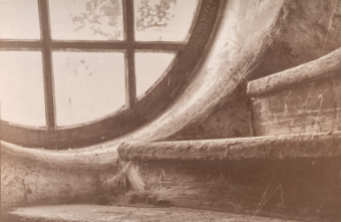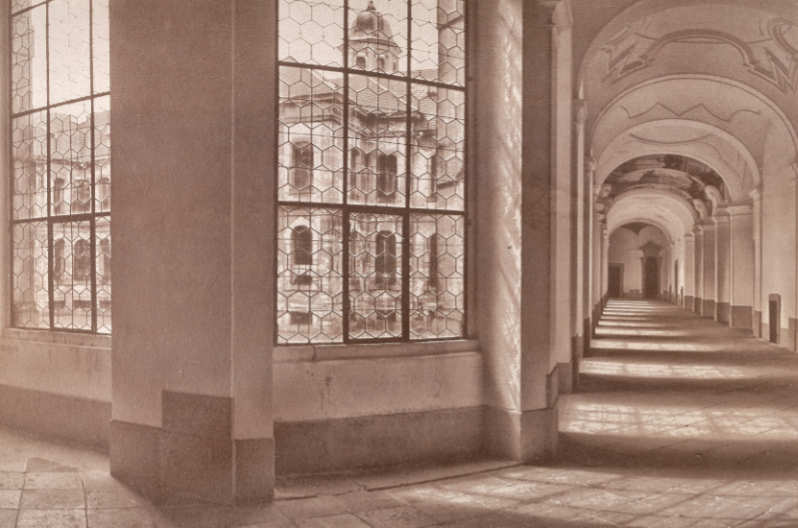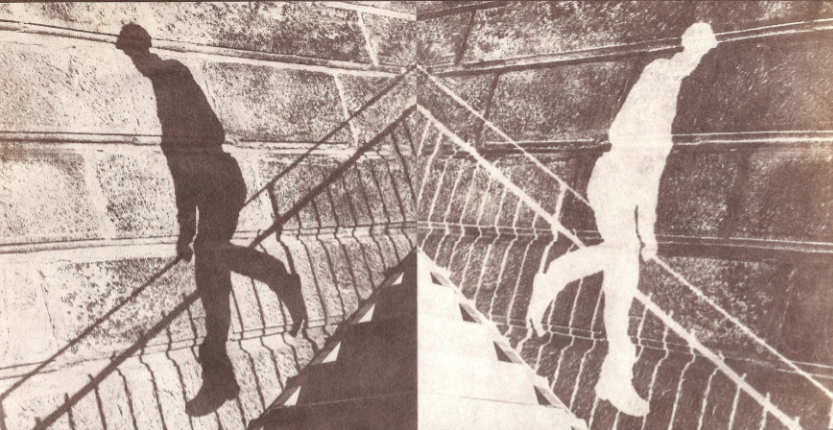
Paranormal Photography
True Photographic Art
Van Dyke: about
Van Dyke process and it's history
The current recipe for Van Dyke technology is not much different from the original regulation, which was invented by Arndt & Troos in 1889. It was the original ferricitrate-nitrate silver brownprint produced in water. The original prescription used gelatine as a fortifying agent for the paper at the time. Today, this is not necessary. The original name was Brownprint or Sepia print, and it was not named as Van Dyke, nor was it known as Van Dyke. At this time in the late 19th century, the then-named process as Van Dyke was a specific photolithic process used mainly for printing maps. This original process was printing from a depth using ltographic stone and had nothing to do with the present Van Dyke or brownprint at the time. Unfortunately, today there is confusion and intermingling between the two techniques and their names, or a misinterpretation that the then Brownprint was used to print and reproduce maps. Some 50 years after the invention, the process was not associated with the name Van Dyke. Only in the new era is the process called Van Dyke in the context of a romantic sepia


Original Brownprint Arndt & Troost recipe
Senzitier
100g ferric ammonium citrate
20g silver nitrate
20g tartaric acid
15g gelatin
1litre distilled water
Fixer
2% sodium thiosulfate
Van Dyke - principle of the technique
The current recipe for the Van Dyke technique does not differ much from the original recipe, which was invented by Arndt & Troos in 1889. It was the Flemish painter Anton van Dyck, who, among other things, used fresh sepia tones.
1) mixed emulsion paint into paper
2) expose negative with strong UV light source (direct sun or UV lamp)
4) develop in the clean water
5) fix picture in the fixer
